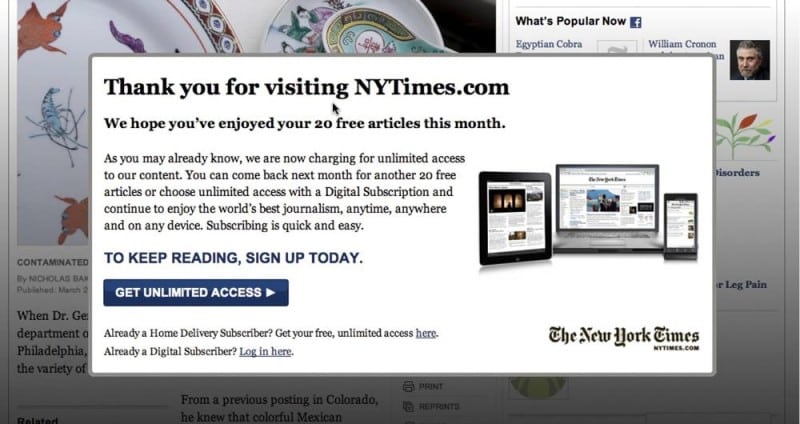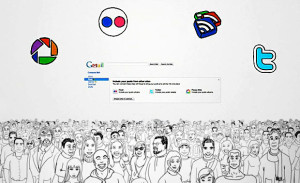Over the past few years, one thing that is sufficiently clear is that if a web service is free, it is using your data in one way or the other. So the new trend in the world of web is to offer paid versions of services and guarantee that no user data will be mined or used.
When you use email services such as Gmail, for example, they are able to frisk through your emails anonymously and determine the general contents. The ads then displayed to you are based on these contents. This clearly means that your data and information is being used for business purposes and you can’t do much about it because Gmail is a free service.
The backend ads networks which run on multiple websites are far more complex and intricate than other regular web entities. So for instance if you search for something like ‘Hardware’ on Google and then go on to a tech site later on, you may watch ads related to ‘Hardware’ displays in the ad banners. In this way, the ads networks are connected behind the scenes and your data is being actively shared with them, perhaps in real-time.
The thought is certainly scary but the problem is, there’s no other way about it. If we want free web services, this is the price we will have to way. The only other way of stopping this and taking control of the privacy of our data is to pay for these services.
This is precisely why an increasingly larger number of services are offering paid access while at the same time promising that they wouldn’t touch the users’ data. Data is money for the companies and if they can get as much money by selling their services to the users, they wouldn’t need to exploit this data. As absurd as it may seem, it would appear that the rise of Paywalls is the new way of guarding digital privacy.
Courtesy: Pop Sci
[ttjad keyword=”camera-general”]




